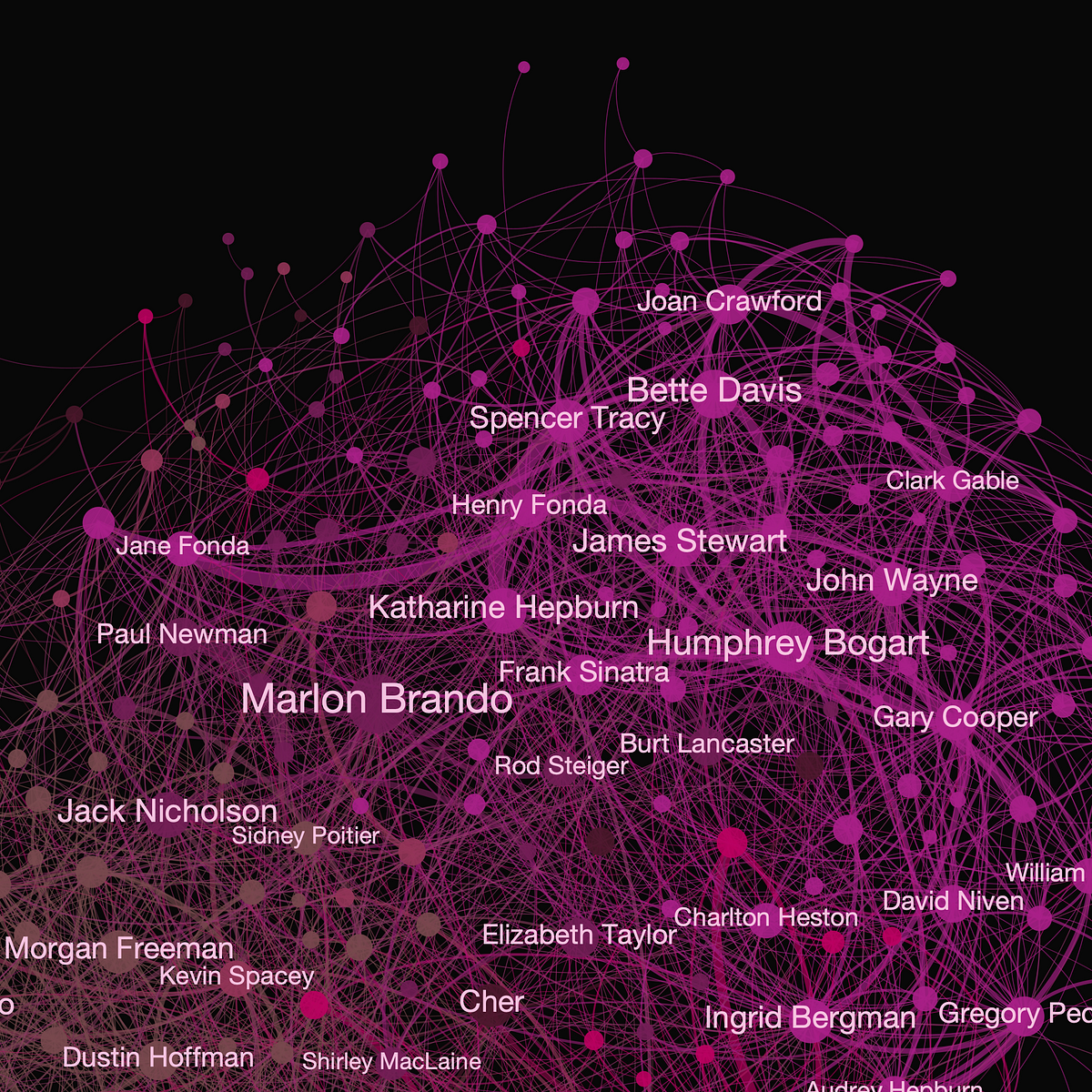Welcome to the ‘Courage to learn ML’. This series aims to simplify complex machine learning concepts, presenting them as a relaxed and informative dialogue, much like the engaging style of “The Courage to Be Disliked,” but with a focus on ML.
In this installment of our series, our mentor-learner duo dives into a fresh discussion on statistical concepts like MLE and MAP. This discussion will lay the groundwork for us to gain a new perspective on our previous exploration of L1 & L2 Regularization. For a complete picture, I recommend reading this post before reading the fourth part of ‘Courage to Learn ML: Demystifying L1 & L2 Regularization’.
This article is designed to tackle fundamental questions that might have crossed your path in Q&A style. As always, if you find yourself have similar questions, you’ve come to the right place:
- What exactly is ‘likelihood’?
- The difference between likelihood and probability
- Why is likelihood important in the context of machine learning?
- What is MLE (Maximum Likelihood Estimation)?
- What is MAP (Maximum A Posteriori Estimation)?
- The difference between MLE and Least square
- The Links and Distinctions Between MLE and MAP
Likelihood, or more specifically the likelihood function, is a statistical concept used to evaluate the probability of observing the given data under various sets of model parameters. It is called likelihood (function) because it’s a function that quantifies how likely it is to observe the current data for different parameter values of a statistical model.
The concepts of likelihood and probability are fundamentally different in statistics. Probability measures the chance of observing a specific outcome in the future, given known parameters or distributions…



